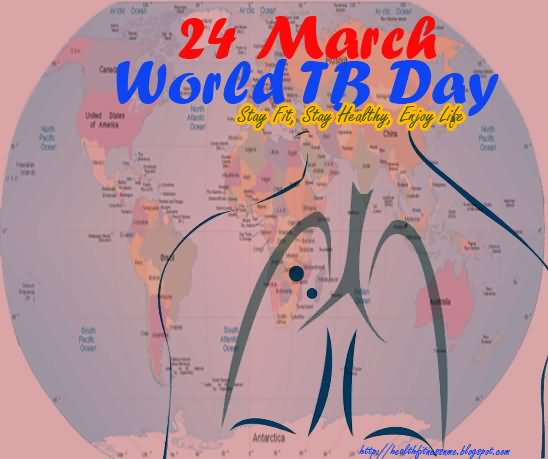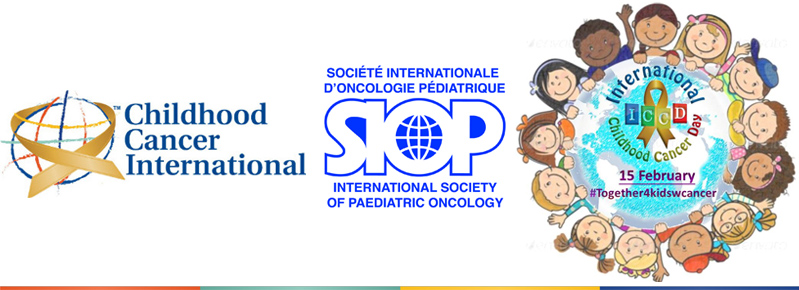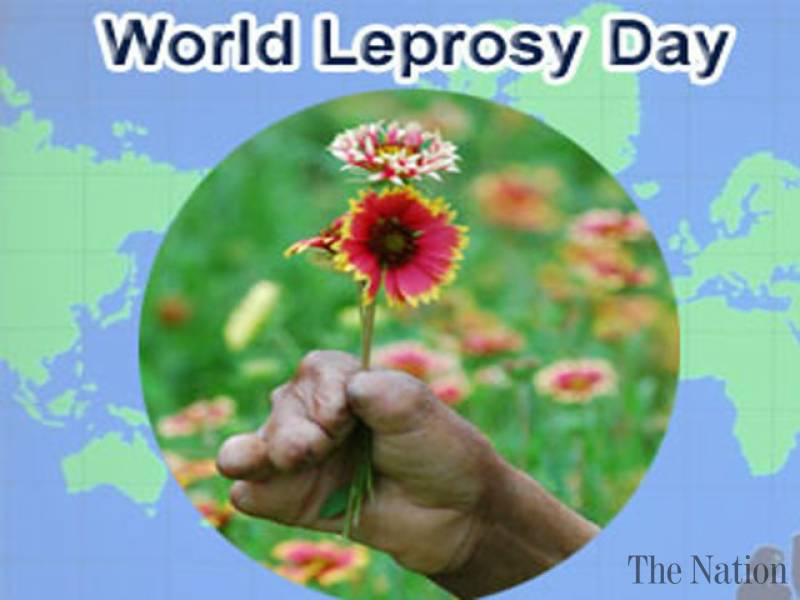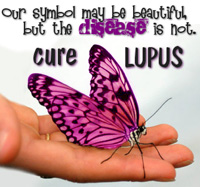 On October 12th of each year, World Arthritis Day spreads awareness about the most prevalent disease in the world. This awareness day highlights the need for early diagnosis and treatment.
On October 12th of each year, World Arthritis Day spreads awareness about the most prevalent disease in the world. This awareness day highlights the need for early diagnosis and treatment.
More than 50 million adults and 300,000 children in the United States have arthritis. By the year 2040, an estimated 78 million people in the U.S. will have arthritis. About 120 million people in the European Union live with arthritis. A total of 350 million people throughout the world have the disease. Arthritis and related conditions account for more than $156 billion in lost wages and medical expenses each year. The disease also results in one million hospitalizations a year.
Arthritis is commonly known as joint inflammation. There are over 100 types of arthritis. The two most common types include osteoarthritis and rheumatoid arthritis. While there is no cure for this disease, treatments are available. Doctors prescribe painkillers, anti-inflammatory medications, and injections called corticosteroids to treat arthritis. Physical therapy and chiropractic care can also help reduce pain and inflammation. For some, surgery, such as joint replacement or joint fusion, is the only option.
Many people with arthritis also have other conditions. These conditions include heart disease and diabetes. Some people are more prone to others than having arthritis. Common risk factors include family history, age, being overweight, and previous joint injury.
Severe arthritis is debilitating as it becomes difficult to do daily tasks and enjoy activities. In some cases, the joints become twisted and deformed.
Source: Text & Image: https://nationaldaycalendar.com/world-arthritis-day-october-12/
 The 2nd reading of today’s feast tells us of Abram (He.11:8,11-12,17-19)
The 2nd reading of today’s feast tells us of Abram (He.11:8,11-12,17-19)


 World Leprosy Day is annually observed around the world on the last Sunday of January. The day was initiated in 1954 by French philanthropist and writer, Raoul Follereau, as a way to raise global awareness of this deadly ancient disease and call attention to the fact that it can be prevented, treated and cured.
World Leprosy Day is annually observed around the world on the last Sunday of January. The day was initiated in 1954 by French philanthropist and writer, Raoul Follereau, as a way to raise global awareness of this deadly ancient disease and call attention to the fact that it can be prevented, treated and cured.
 Imagine being bothered by sunlight, being covered in a rash, suffering fatigue, mouth sores, kidney and joint problems, as well as experiencing substantial hair loss and the swelling of lymph nodes. Sounds awful, doesn’t it?
Imagine being bothered by sunlight, being covered in a rash, suffering fatigue, mouth sores, kidney and joint problems, as well as experiencing substantial hair loss and the swelling of lymph nodes. Sounds awful, doesn’t it? 
 March 24 commemorates the day in 1882 when Dr Robert Koch astounded the scientific community by announcing to a small group of scientists at the University of Berlin’s Institute of Hygiene that he had discovered the cause of tuberculosis, the TB bacillus.
March 24 commemorates the day in 1882 when Dr Robert Koch astounded the scientific community by announcing to a small group of scientists at the University of Berlin’s Institute of Hygiene that he had discovered the cause of tuberculosis, the TB bacillus. Leprosy is one of the oldest recorded diseases in the world. It is an infectious chronic disease that targets the nervous system, especially the nerves in the cooler parts of the body – the hands, feet, and face.
Leprosy is one of the oldest recorded diseases in the world. It is an infectious chronic disease that targets the nervous system, especially the nerves in the cooler parts of the body – the hands, feet, and face. « The world has ignored hepatitis at its peril,” said Dr Margaret Chan, WHO Director-General. “It is time to mobilize a global response to hepatitis on the scale similar to that generated to fight other communicable diseases like HIV/AIDS and tuberculosis.“ Around the world 400 million people are infected with hepatitis B and C, more than 10 times the number of people living with HIV. An
« The world has ignored hepatitis at its peril,” said Dr Margaret Chan, WHO Director-General. “It is time to mobilize a global response to hepatitis on the scale similar to that generated to fight other communicable diseases like HIV/AIDS and tuberculosis.“ Around the world 400 million people are infected with hepatitis B and C, more than 10 times the number of people living with HIV. An